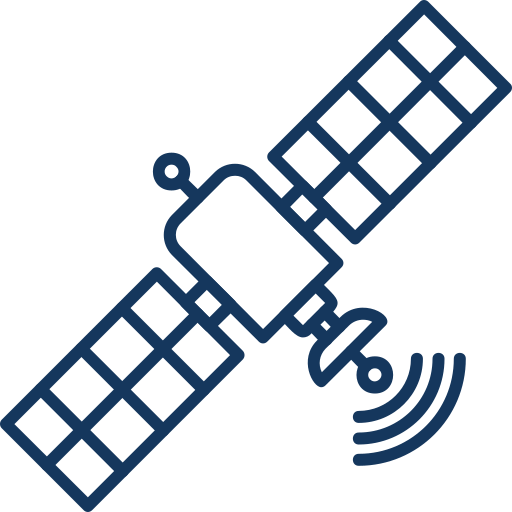Sensors

Heat Sensors: Detecting warm bodies, intruder detection.

Camera Systems: High-resolution cameras for visual monitoring.

Infrared Sensors: For low-light or nighttime surveillance.

Motion Sensors: To detect movement in the surroundings.
Navigation and Mobility:

Lidar (Light Detection and Ranging): Laser-based technology for navigation and mapping.

Ultrasonic Sensors: To detect obstacles and navigate in confined spaces.

Wheels or Tracks: Mechanisms for efficient and agile movement.

GPS Systems: For accurate location tracking.
Artificial Intelligence (AI) and Machine Learning:

Pattern Recognition: Learns and adapts to patterns

Object Recognition: Enables the robot to identify objects.

Anomaly Detection: Detects unusual or suspicious activities.
Communication

Two-Way Audio: Communication between operators and units in the monitored area.

Wi-Fi/Cellular Connectivity: To transmit data and receive commands remotely.
Autonomous Operation:

Obstacle Avoidance: Capabilities to navigate around obstacles without human intervention.

Navigation Algorithms: Algorithms to navigate and patrol predefined routes.
Human-Computer Interaction:

Control Panel: Interface for manual control or programming.

Voice Commands: Allows for verbal commands and responses.
Physical Security Features:

Tamper Detection: Alerts if someone tries to interfere with.

Locking Mechanisms: Secure access to internal components.
Remote Monitoring and Control:

Live Streaming: Enables real-time monitoring of the robot’s cameras.

Remote Control Interface: Take manual control when necessary.
Integration with Other Security Systems:

Alarm Integration: Works in conjunction with alarm systems.

Access Control Integration: Access control systems.
Power Management:

Battery Technology: Efficient and long-lasting batteries for extended operation.
